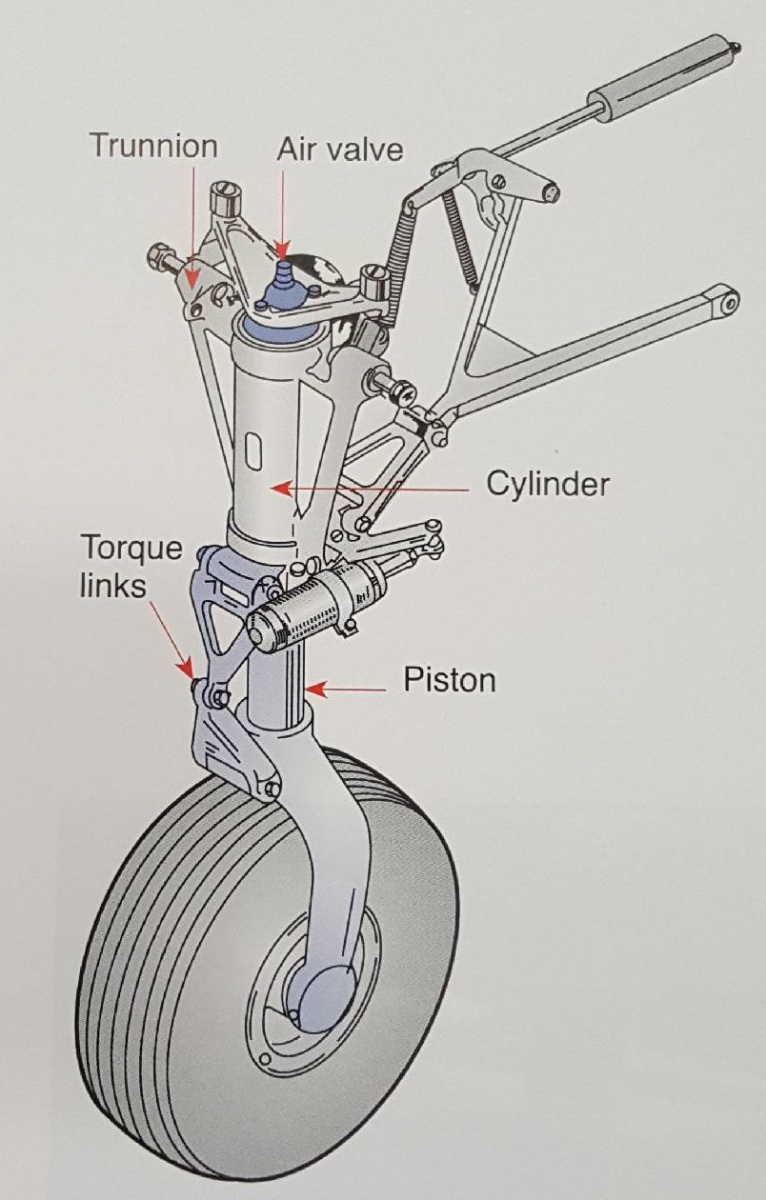Do Laser Printers Cause Cancer?

Journalism is a Business
It is an old journalism adage that a man bites dog story is a newsworthy event, while a dog bites man story isn't worth reporting. Of course this dates back to the days before leash laws and dog bites tended to be common. The point here is that the unusual is newsworthy while the common is not. News is a business and, as such, news companies rise or fall on their ability to attract audiences. Things like fear, tragedy and scandal attract viewers, which is why the news tends to focus on the negative rather than the positive.
Since every day life for most of us is pleasantly mundane, we enjoy the diversion of reading or viewing stories about the dangers, tragedies and scandals that the media bring to us each day. We also find some of the information useful in our daily lives as we often learn from the mistakes and discoveries of others as they are reported in the news.
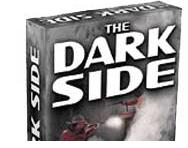
Journalism's Dark Side
However, despite their claims to the contrary, professional journalists will often simply print stories that agree with their view of the world without doing any fact checking or, worse, fabricate or present facts in a manner that provides the conclusion they want. In other words, they first draw a conclusion and then shape the facts to fit that conclusion.
A perfect example of these darker aspects of the journalism profession is the recent reporting about the Queensland University of Technology study which claimed, according to most news reports, that laser printers emit microscopic bits of toner dust that is as bad or worse for worker's health than cigarette smoke.
I first encountered this story on August 2, 2007 in a piece by journalist David Berlind on the ZDNet blog of which Berlind is an editor as well as one of the writers. Berlind titled his piece Emissions from popular laser printers may be carcinogenic. How will HP respond? and, after quoting four paragraphs from another ZDNet blog piece published the day before in the UK which gave the widely reported version of the study, immediately began questioning whether or not HP (Hewlett-Packard Corp., a major manufacturer of laser printers) would try to discredit the report or hire other scientists to do studies with the intention of disproving the Queensland University of Technology's report. I dismissed Berlind's piece as an anti-business hit piece, as did the first few readers who left comments, and would have left it at that except for the fact that the third person to comment on the blog provided a link to the report on the American Chemical Society's web site where the report had been released the web the day before.
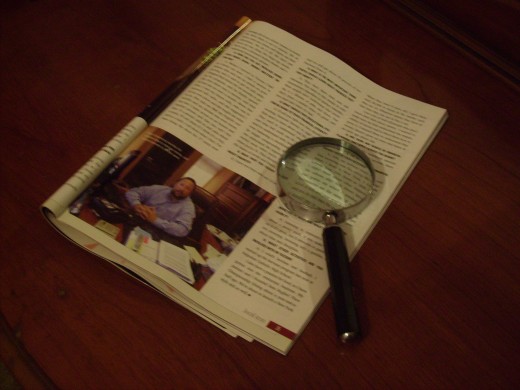
Tracking Down a Story
I read the report twice (the body of which is only about 8 pages long) and could find no references to cancer or other diseases. I even had my computer do a search on the words cancer, carcinogens and cigarettes. It came up with nothing on cancer and carcinogens but did find two references to cigarettes. The first noted that, being indoors, the toner particles can build up, much like cigarette smoke, and not be easily dispersed. The second noted that the researcher's measurements showed that the average size of the toner particles was about the same as the average size of particle matter found in cigarette smoke. At this point I decided to use Google to try to trace the story back and see where the link to cancer and the comparison of the health risks of toner dust to that of cigarettes originated as these were clearly NOT in the report.
Since the paragraphs from the UK blog that were included in Berlind's piece had mentioned the Sydney Morning Herald as their source, I searched for their article first and quickly found it. The lead sentence read Office printer could be posing as much danger to the lungs as a drag on a cigarette, according to air quality tests by Australian scientists. This was not what the report said. Reading on I found, interspersed with their discussion of the Queensland University of Technology report, four, single sentence, quotes from Professor Lidia Morawska, the leader of the team that did the research. These quotes were not only NOT in the report, but dealt with topics that were either totally missing from the report (such as the call for government regulation of office printers) or which the report clearly stated that the researchers elected not to investigate at this time (the possible adverse health effects of inhaling these particles).
All of the subsequent articles that I found, and there were many, were as bad or worse than the Sydney Morning Herald in that they were very selectively intermixing snippets from an undisclosed interview by Professor Morawska with a discussion of the report and implying that the two were one and the same. The whole purpose of this was to support the idea that laser printers posed as great or greater health risk as smoking cigarettes and that government regulation of these printers was urgently needed. It was obvious from reading numerous articles that they were either working from this one interview or, in many cases, simply doing a minor re-write of the news feed from the same commercial news feed sources (which has long been standard and accepted practice in the print media). Most had either never bothered to read the report or, if they did, chose to ignore most of it as not fitting with the deadly cancer scare theme that they had chosen for the story.
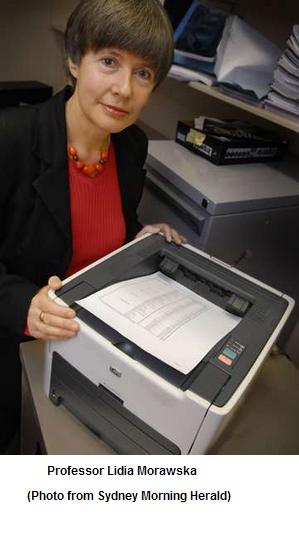
The Professor is Limited to 13 Seconds on Screen
It would be easy to attribute the scare remarks to Professor Morawska in the interview that she gave. After all, university science is also a highly competitive business with researchers competing for both promotion or tenure as well as money for their projects, and it is not unusual for researchers to aggressively market and hype their research. However, I did find one site, New Zealand's OneNews, which did contain a one minute and 46 second (including commercial) news segment broadcast on August 1, 2007 (the same day as the report was released on line) on the laser printer study. Included in the piece were two snippets, totaling about 13 seconds, featuring Professor Morawska speaking about the report. This may or may not have been from the interview that the rest of the media has been obtaining their quotes from. Each snippet contains a single sentence which dovetails nicely with the report's theme, which is that laser printers are as bad or worse than smoking cigarettes.
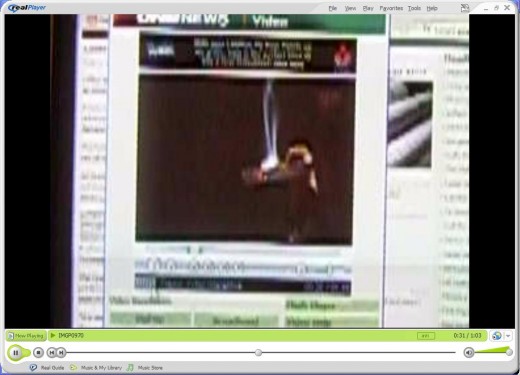
Forget the Facts, This is what We Want You to Believe.
The segment begins with the attractive anchor announcing, Office laser printers could be as hazardous to your health as dragging on a fag. (a fag being British slang for cigarette - the text version accompanying the video changes the end of that sentence to smoking a cigarette). However, the qualifying phrase, could be, is quickly dropped as the announcer emphatically, and incorrectly, goes on to state, A new study shows tiny particles are spewed from some printers and settle in the lungs causing exactly the same damage as cigarette smoke. This second statement is clearly incorrect as the published copy of the study draws no conclusions as to health effects of toner particles and does not compare the health dangers of toner particles to those of cigarettes. The camera then cuts to pictures showing laser printers running in an office as the voice of reporter Shalleen Hern informs the audience of the grave health dangers posed by laser printers. To further drive home the point, the printer spews out two more pages, each containing the image of a large skull and crossbones. In case the viewer has missed the point about the link to cigarettes, the screen fills with a picture of a cigarette glowing as someone takes a deep draw. Hern continues her comparison of laser toner to cigarettes in terms of their cancer causing capabilities as the scene shifts to Professor Morawska, sitting behind a desk in what appears to be her office at the University. Shalleen Hern's voice goes quiet as the Professor states, The particles get deeply into our lung and cause different health effects ranging from respiratory irritation but extending to disease like cardiovascular disease. Having said that one sentence, the voice of reporter Hern returns informing us of the research that has just been published by Professor Morawska and her team. The screen again shows Professor Morawska saying It is similar to cigarette smoke. The reference to cigarette smoke is obviously important because it has Professor Morawska appearing to support the thesis that breathing the laser particles is the same as smoking. However, in the text that accompanies the video, they quote the Professor as saying It is similar to cigarette smoke obviously cigarette smoke will have different chemistry which means it will have other effects as well. A question immediately came to my mind and that was, why wasn't the Professor's complete statement shown on TV? Was it because this was not one sentence but two, or fragments of two, that were spoken at different times during the interview? Or was New Zealand OneNews simply taking a lesson from the New York Times and printing what they wanted Professor Morawska to say rather than what she actually said?
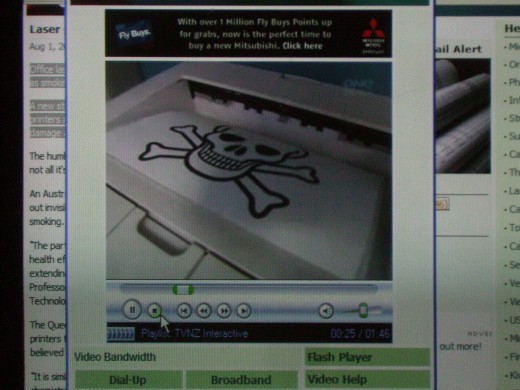
Could the University's Report be Construed as an Attempt to Discredit the Research as the Media has Presented it?
However, the interesting thing about the approximately 13 seconds of air time given to Professor Morawska to explain her research herself, is the tone and demure of her speech. She describes things in very clear and precise terms just as she does in her report. This is not a person given to off the cuff remarks or one that jumps to conclusions. Both the tone of the report and her speech give the impression of a confident, but modest, scientist dedicated to finding the truth and having no other ax to grind.
It is clear, to me at least, that this interview will never be shown in its entirety as I suspect the questions asked were deliberately crafted to elicit responses that would add support to a story that had been written before obtaining any facts. Despite this cleverly laid trap, Professor Morawska probably provided very clear and factual multi-sentence answers that had to be sliced and diced so they could be made to fit into the already scripted news report. This is also probably why every quote attributed to Professor Morawska in every article I have found has been limited to a single sentence. Printing any more of a response would have risked having the facts get in the way of the desired conclusion.
Near the end of his August 2, 2007 ZDNet blog that first drew my attention to this story, author David Berlind asks Now, the big question is how the manufacturers will respond. Will they go the big tobacco/cellco route and look to discredit the research? I can assure Berlind that a year or so from now he will be able to publish an I Warned You piece in which he will recount how the big printer manufacturers went the tobacco/cellco route and tried to discredit the report. All the world's major news organizations have effectively re-written the Queensland University of Technology's report so, in the media's mind and, unfortunately, the publics mind, any attempt to present the facts will be viewed by the media as an attempt to discredit the media's version of the report.








